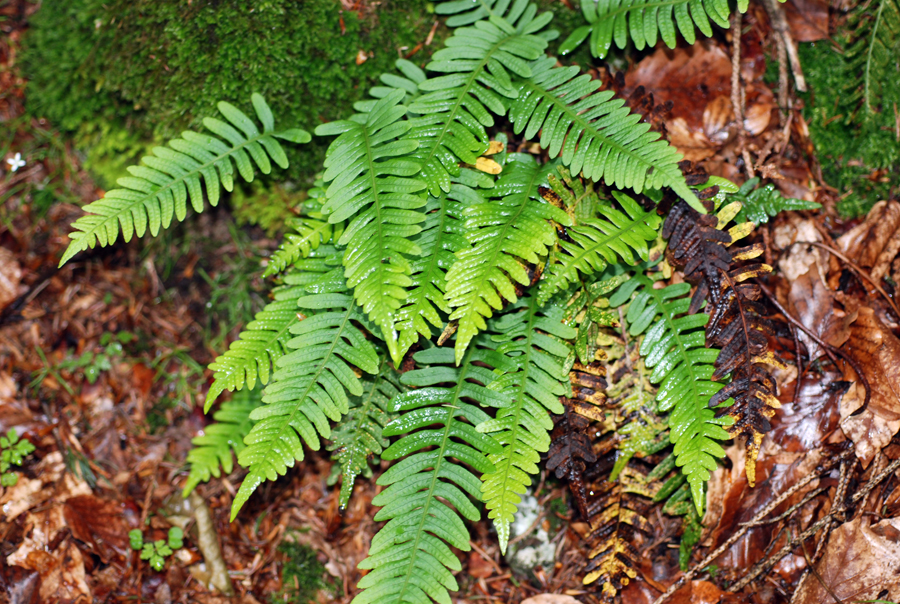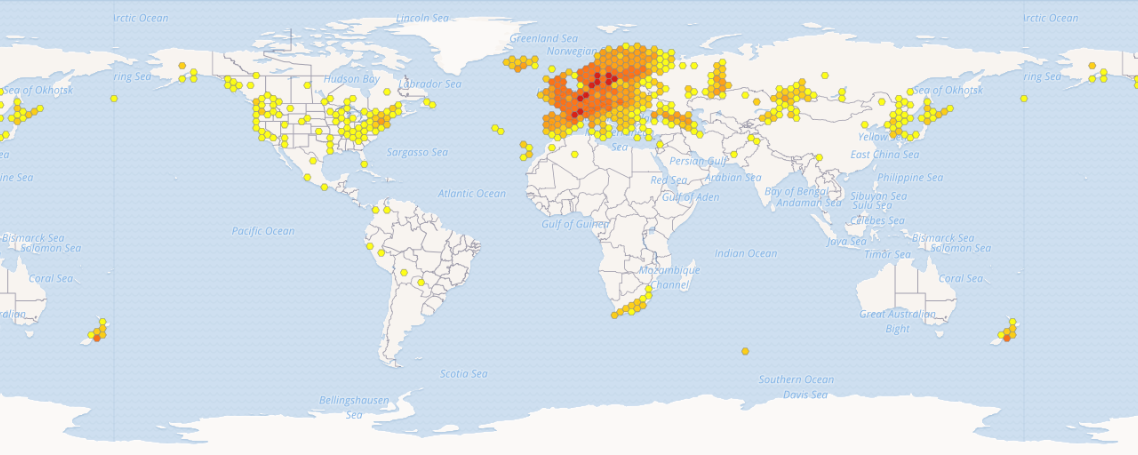<------------------CENTRA ORIZZONTALMENTE---------------- -->
<------------------CENTRA ORIZZONTALMENTE---------------- -->


| Scheda completa della pianta |
QUESTA SCHEDA È UNICA E ORIGINALE IN INTERNET aggiornamento del 11/09/2025 POLIPODIO Polypodium vulgare L.

EFFICACIA CONFERMATA DA EVIDENZE SCIENTIFICHE ook |
|
| |||||||||||||||||||||||||||||||||||||||||||||||||||||
|




